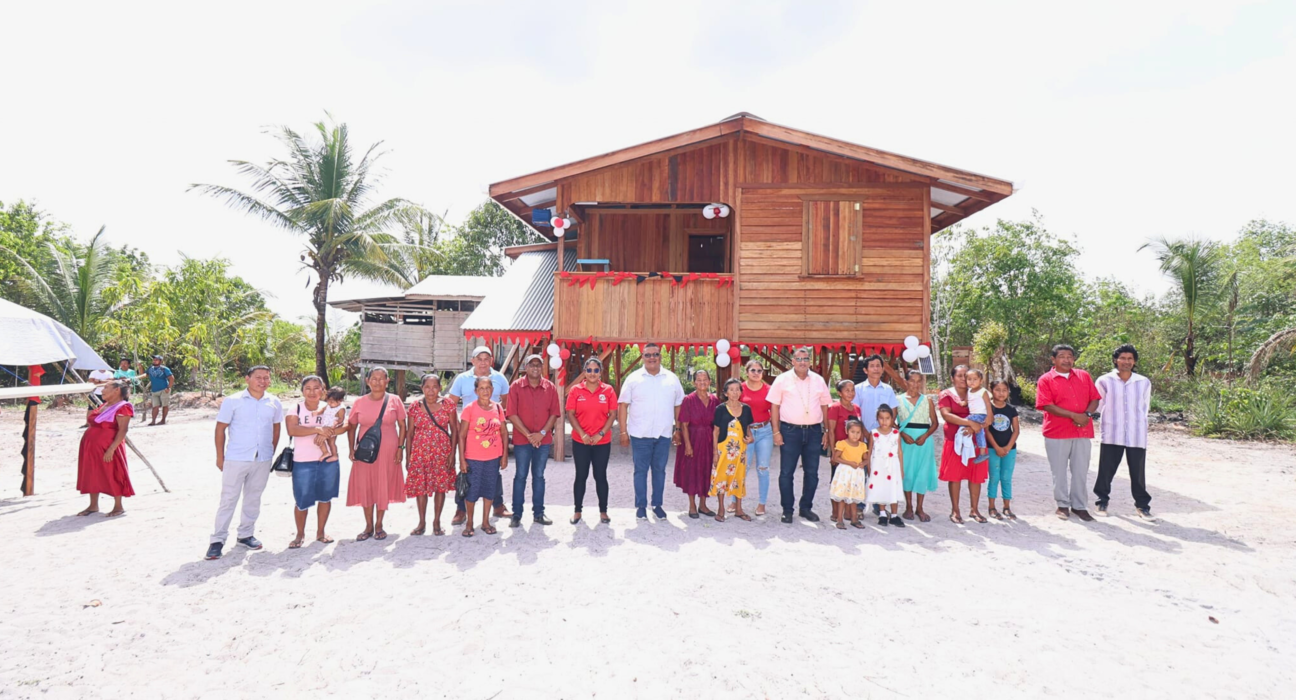By Josiah Williams
In a significant boost to housing development in Guyana’s hinterland regions, twenty families in the Barima/Waini region have received new homes through the Ministry of Housing and Water’s Hinterland Housing Programme.
The recent handover took place in the communities of Warapoka and Haimaruni, marking a milestone in the government’s ongoing efforts to improve living conditions in remote areas.
The recipients expressed profound gratitude for their new homes, highlighting the transformative impact on their lives.
Pamela Augustus from Warapoka shared her relief and joy, recounting the challenges of living in inadequate shelters and the newfound comfort of a proper home.
Similarly, Gloria David from Haimaruni and Sheila Augustus from Warapoka voiced their appreciation, emphasizing the improved quality of life and the positive change for their families.
Housing and Water Minister Collin Croal, speaking at the handover ceremony, noted that the current phase of the Hinterland Housing Programme aims to construct 400 houses, with 40 already completed and handed over.
This phase focuses on 40 communities across various regions, with each community receiving 10 houses.
Minister Croal announced that the first 125 homes are nearing completion, with additional handovers scheduled in the coming weeks, including ten more homes in Smith’s Creek, Mabaruma sub-region.
Each home under this programme is valued at approximately $4 million. The initiative prioritizes the use of locally sourced building materials to stimulate local economies.
In Region 1, homes are constructed using wood, while in Region 9, clay bricks are utilized, reflecting the unique resources of each area.
The Hinterland Housing Programme, which began in 2009, has already provided 279 houses, aiming to address the housing needs of some of Guyana’s most underserved populations.

